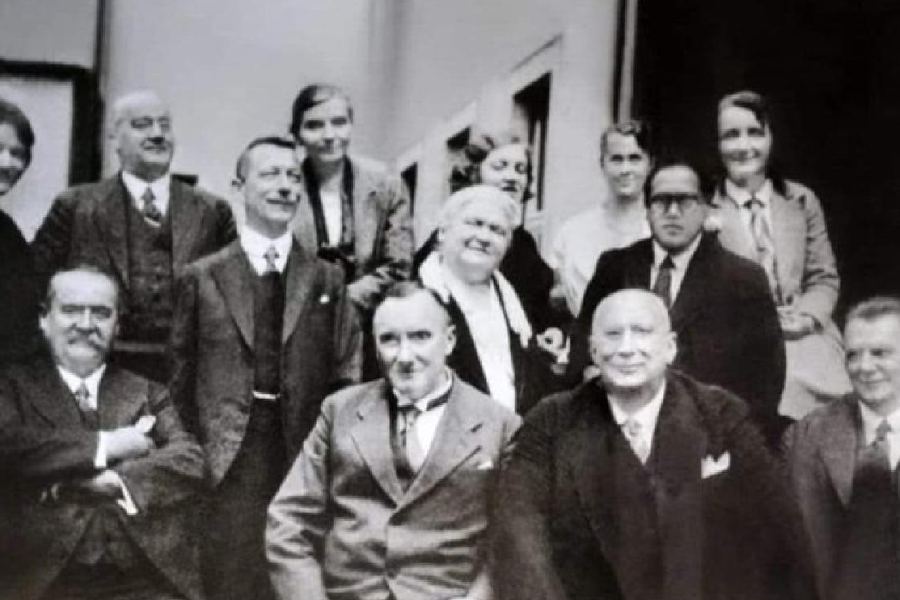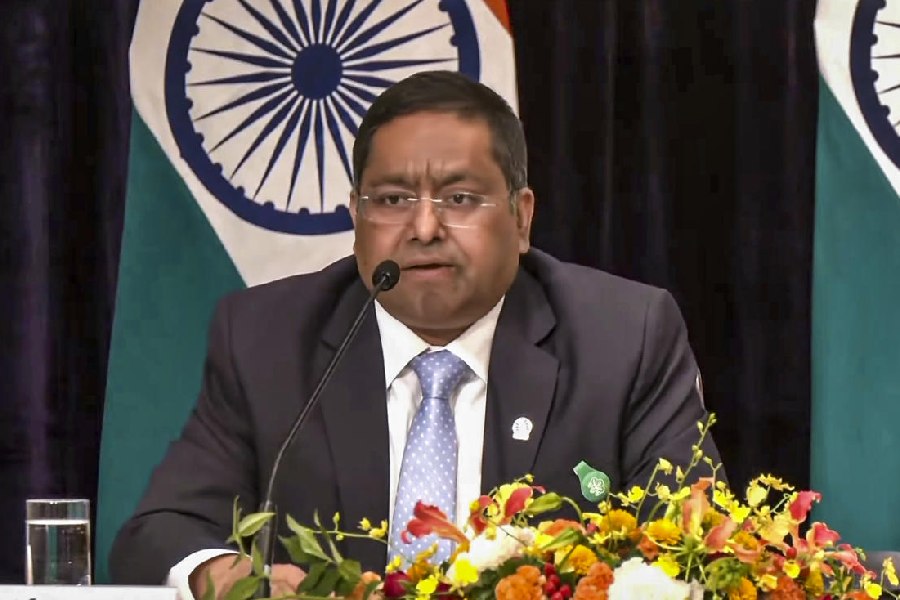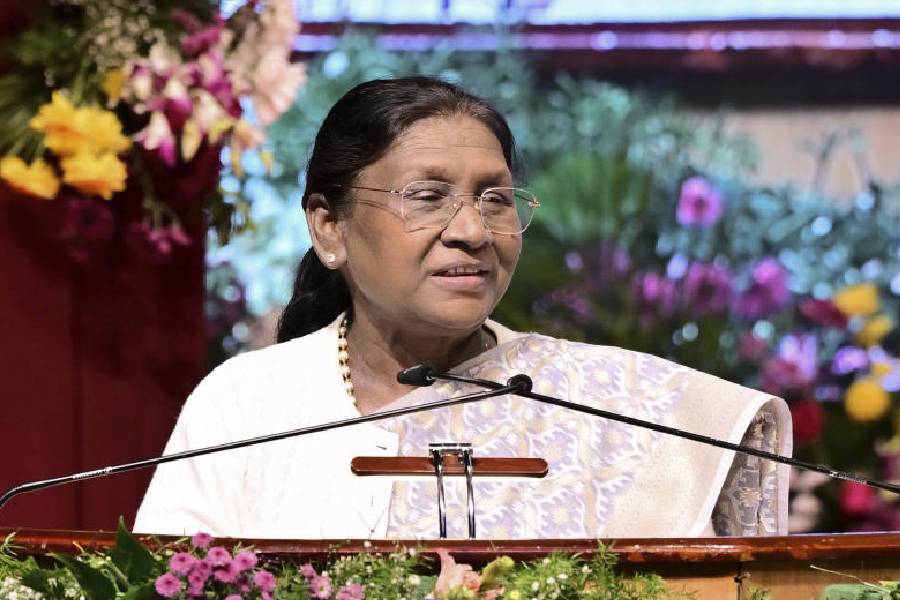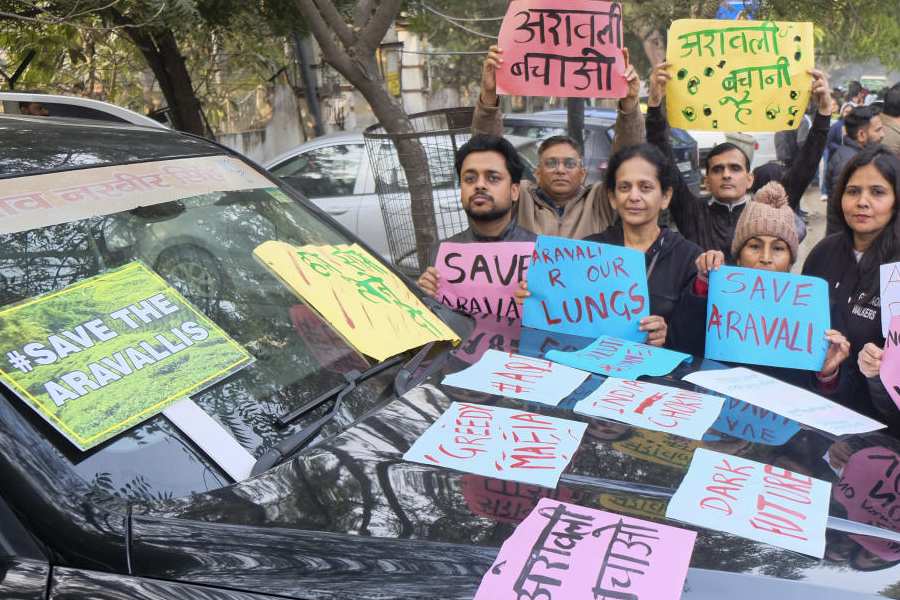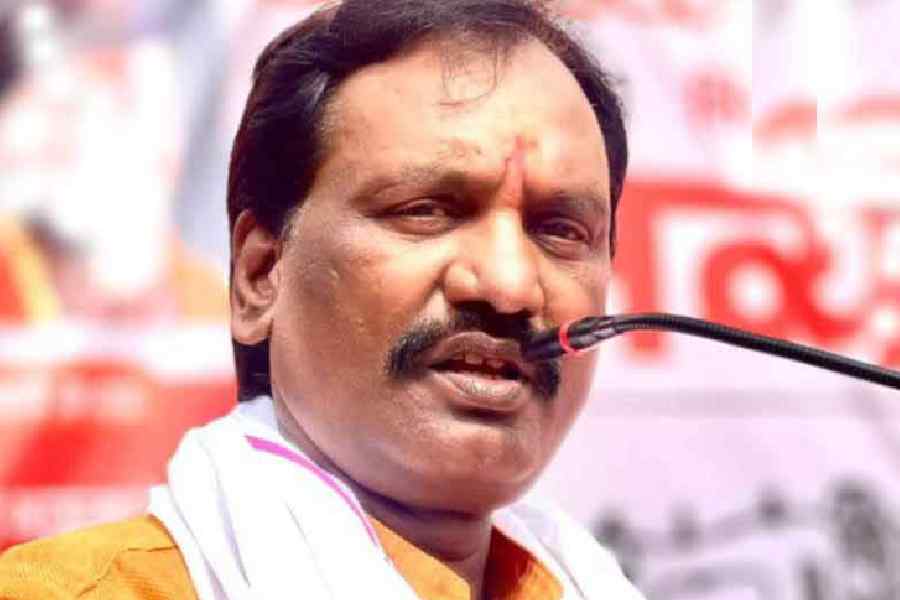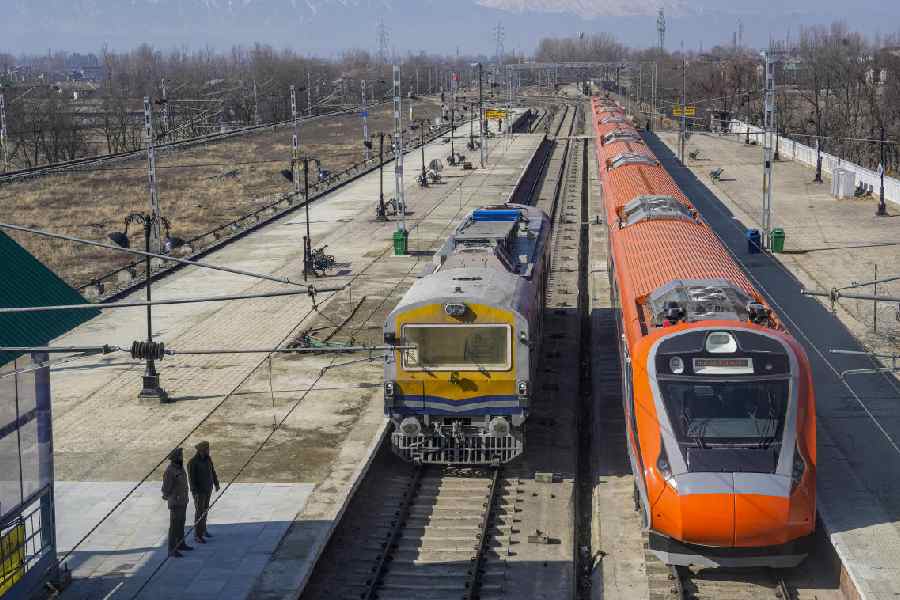Book: AMBEDKAR IN LONDON
Edited by: William Gould, Santosh Dass and Christophe Jaffrelot
Published by: Rupa
Price: Rs 995
William Gould’s “Ambedkar the Activist Research Scholar in 1920s London” in the compilation of research essays that constitute Ambedkar in London traces the adverse circumstances plaguing the then Indian students in London: suspicion of radical extremism, vulnerability to political surveillance, exorbitant accommodation charges, inadequate food arrangements, and the general averseness of Britishers to offer accommodation to students from the subcontinent. How did these intimidating factors affect Ambedkar’s stay as a student in London? Following the completion of his period of study at the Columbia University in New York, Ambedkar arrived in England in the autumn of 1916 when he joined the London School of Economics under the guidance of Edwin Cannan. In November, he also took admission to the Gray’s Inn. Ambedkar’s continuation of studies in England was interrupted in August 1917 due to the paucity of funds. However, the LSE granted him approval to resume his studies within a time period of four years, which paved the way for his return to London during the early 1920s.
Notwithstanding Gould’s admission of the availability of scant evidence from this period of Ambedkar’s life, he manages to reconstruct the numerous challenges confronting Ambedkar’s pursuit of higher education in England in the early decades of the twentieth century. Ambedkar’s initial brief stays in England were not reassuring experiences. Besides complaining of inadequate food to his friend, Prabhakar Padhye (merely consisting of a “cup of Bovril, biscuits and butter”), Ambedkar also expressed his angst against his landlady at Hammersmith: “The landlady was a terrible woman. I am always praying for her soul; but I am sure she will go to perdition.” In late 1920, Ambedkar moved to 10 King Henry’s Road, the site of his museum in present-day north London.
Such fascinating anecdotes and minutiae are bound to address the lacunae pervading many biographies of and critical studies on Ambedkar. Ambedkar in London focuses on such hitherto unexplored aspects of his stay in London and explores their significance in shaping his ideology and Dalit activism in the later years. Interestingly, Ambedkar’s academic research during this period underlines the correlation among the then prevalent fiscal policies, modes of governance and their subsequent bearings on the inequalities in income distribution. These inequalities, in turn, further exacerbated the ubiquitous social and legal disparities, eventually contributing to the inevitable marginalisation of already deprived communities.
Based on extensive archival and data-based research, the first part of the book (containing essays by William Gould, Steven Gasztowicz K.C., Jesus F. Chairez-Garza, Christophe Jaffrelot, Sue Donnelly and Daniel Payne) closely analyses the multifarious activities of Ambedkar as an activist-research scholar, lawyer and politician during that time. This section of the book is significant, as succinctly observed in its Introduction: “Ambedkar’s political thought and political praxis were subtly shaped by interwar political theory on governance, the economy, labour and political representation, ideas which were also channelled through London’s intellectual milieu.”
The four research essays in the second part of the compilation examine how Ambedkar’s exposure to the West shaped significant approaches to Dalit rights in Britain and how it further inspired other global movements along similar lines. The major issues examined in this section include the trajectory of later Ambedkarite movements among the UK’s Dalit diaspora, the recurrent efforts undertaken by Ambedkarites and activists that culminated in the establishment of the Ambedkar Museum against heavy odds; and, finally, the impact of the enduring legacy of Ambedkar that continued to inspire the fight for legitimate rights of other marginalised people across the world, including the African-American community. Santosh Dass’s enriching essay, “The Campaign to Outlaw Caste Discrimination in Britain”, reveals an optimistic dimension, especially in his assertion that the “decades-long campaign
for justice and equality in respect of caste discrimination has seen a measure
of success in Britain….”
Ambedkar in London should be of interest to the general reading public and academic researchers alike. It bridges significant gaps in Ambedkar studies. The importance of the book lies in its meticulous tracing of Ambedkar’s legacy and its crucial bearing on the preservation of the socio-political-economic rights of the socially deprived in today’s world.

